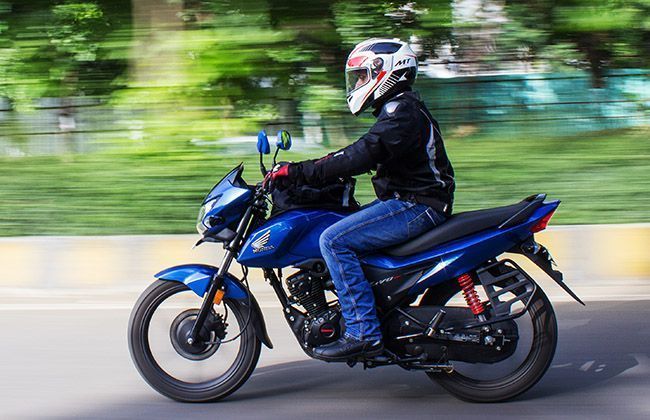Budget 2016: Industry Expectations and What's in it for You?
Published On Feb 25, 2016 12:00 AM By Team Bikedekho
- 1213 Views
- Write a comment

For most of us, major purchases of the entire year - including purchasing a new two-wheeler - are dependent on the announcements made during the Union Budget. This is also why on the day of the announcements, we are drawn to the television screen like a moth to a lamp. Don’t we all keep secretly hoping we will finally be able to buy that dream bike at a dream price this year? With Budget 2016 just around the corner, we at BikeDekho break down what’s in store this time.
Current Scenario: The automobile industry overall has seen 8.13 percent growth so far this financial year (April-Jan 2016). However, two-wheeler sales registered a marginal growth at 1.35 percent during April-January 2016 over April-January 2015. While Scooter sales grew 11.01 percent, Motorcycles and Mopeds dropped by (-) 2.18 percent and (-) 5.02 percent respectively. Overall export of two-wheelers grew a marginal 0.89 percent during this period. This makes two-wheelers the least performing of the various segments in the auto sector.

Industry Expectations: The industry feels that it is burdened by tax, and is pinning its hopes on the upcoming Union Bugdet to lessen this to an extent with consolidation of policy as well as introduction of GST. Industry body Society of Indian Automobile Manufacturers (SIAM) has stated that the industry is a highly-taxed sector, with levies comprising as much as 77 percent on cost. It has hence sought from the government that the multiple taxes be merged into a single excise duty.
In a pre-Budget presentation to the Finance Ministry, SIAM has sought for Road Tax to be subsumed into the goods and services tax (GST) to curb state governments from “tweaking it to raise further revenue as is being done today”.
SIAM has said that the levies on vehicles include basic excise duty at the rates of “12.5 percent, 24 percent, 27 percent and 30 percent; automobile cess of 0.125 per cent and NCCD of 1 per cent. These multiple levies should be merged into a single head under excise duty, it said.

Besides, it has also asked for abolishing the 1 percent National Calamity Contingent Duty (NCCD) on vehicles. “Including motor vehicles, which provide mobility, in the discouraged category with tobacco is not fair and equitable,” the body stated.
The industry body also sought a clarity in the provisions of GST on second-hand vehicles.
SIAM has also sought support for promoting hybrid and electric vehicles, saying excise and custom duty concession on select hybrid/electric vehicles parts should be available for a longer period instead of till March 2016.
Highlighting the need for fleet modernisation, SIAM suggested “a limited-time incentive scheme for retirement of old vehicles and replacing them with modern, safe and fuel efficient vehicles”.
“Old vehicles of age 10-15 years could be retired through a single window fleet modernisation programme,” it said, adding replacement incentives ranging from Rs. 4,400 for two wheelers to Rs. 90,000 for commercial vehicles may be considered.

What This Means For You?
The merging of all the duties and taxes into a single excise duty will mean less headaches for the consumers as well as manufacturers. Such standardisation of duty will go a long way in taking away the varied prices of bikes and scooters that prevail across various states, and also promote purchase with some reduction in prices.
As per SIAM, the subsuming of Road Tax in GST will curb state governments from tweaking with the Road Tax rates, which currently stand as high as 20 percent in certain states. Our pockets agree.
With the continuation or even increase in concession on duties towards electric and hybrid vehicles, the government could incentivise purchase and adoption of green technology, for the consumer. This would mean green vehicles will not only save the planet but also your money.
Fleet modernisation: This is one for those who love to hold onto their dear old two-wheelers like an inheritance. Would you part with your decade-old abused machine if the government paid you to exchange it for a newer, more efficient, and certainly better looking modern two-wheeler? We certainly would.
In addition, with a proper tax structure for the organised trade of second-hand vehicles, the government will not only earn more under GST, but also lead to some standardisation in used vehicle trade. This could translate into you not having to put your haggling skills to the test when you decide to sell or buy a used two-wheeler, and instead rely on government guidlines to get you the right price.
We are keeping our fingers crossed for this year’s Union Budget, are you?
